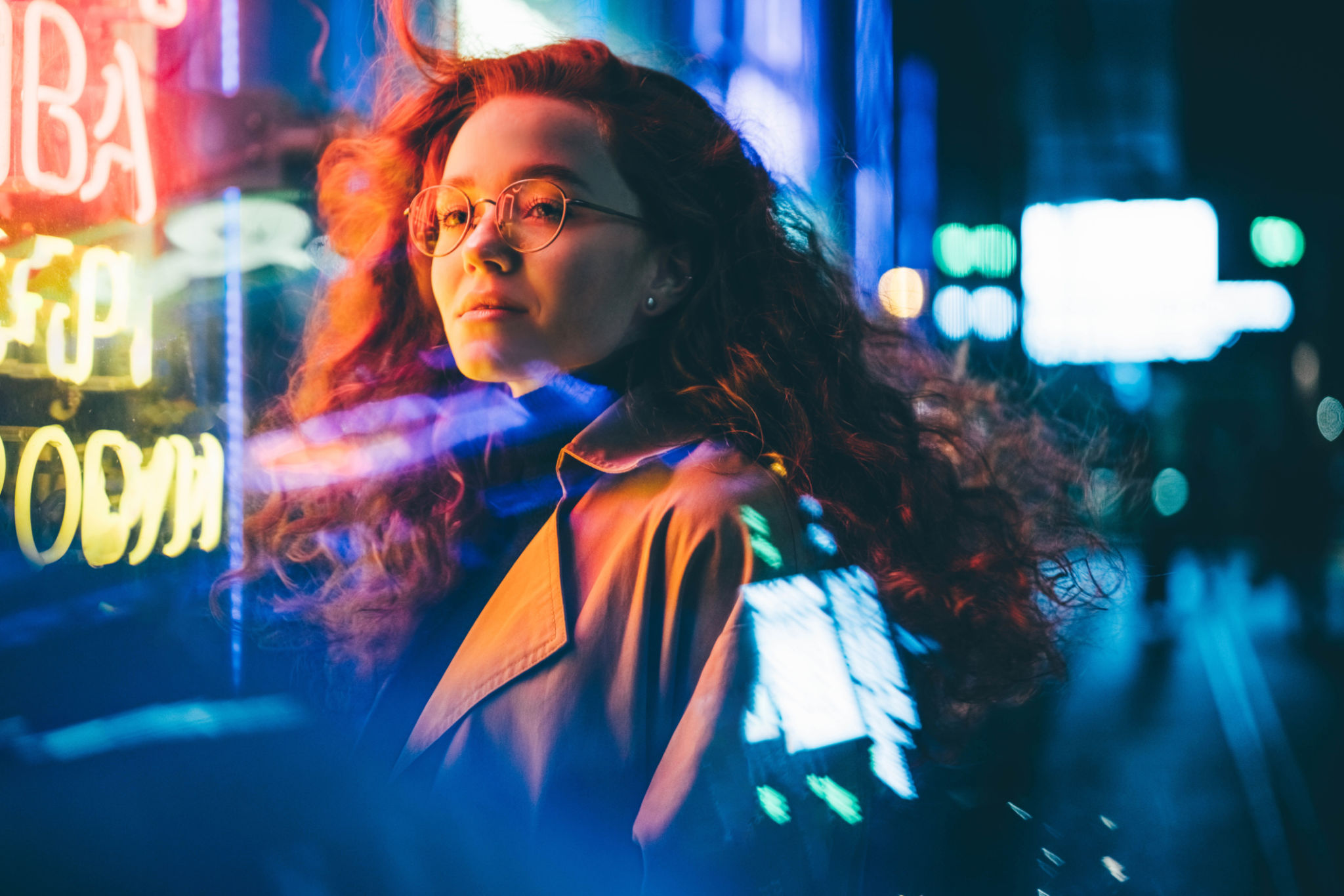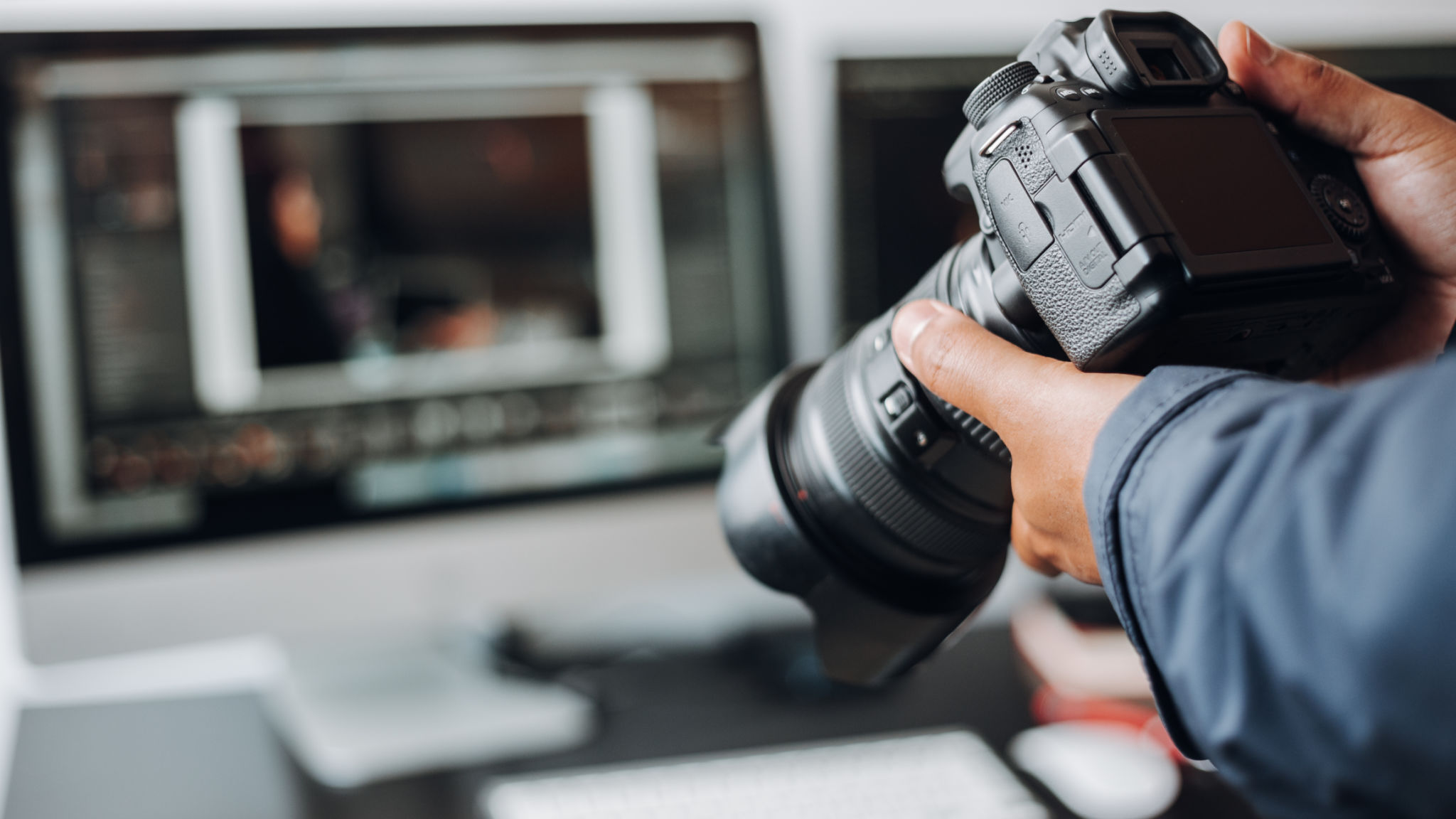Mastering Artistic Portraits: Techniques to Capture Personality
Understanding the Essence of Artistic Portraits
Artistic portraits are more than just capturing a face; they are about unveiling the soul behind the eyes. The essence of a great portrait lies in its ability to convey the personality and emotion of the subject. This requires an acute understanding of not only the technical aspects of photography but also the subtleties of human expression. By mastering these elements, photographers can create compelling images that resonate with viewers.

Finding the Right Environment
The setting plays a crucial role in enhancing the mood and character of a portrait. Selecting a location that complements or contrasts the subject's personality can add depth to your work. Consider both indoor and outdoor environments, and pay attention to lighting, textures, and colors that can either highlight or gently offset the subject's features.
When shooting outdoors, make use of natural light and surroundings to add a touch of authenticity. Indoors, experiment with different backdrops and props that resonate with the subject’s interests or personal story.
The Importance of Lighting
Lighting is perhaps the most critical component of portrait photography. It shapes the face, enhances features, and sets the overall tone of the image. Soft lighting creates a gentle, flattering look, while harsh lighting can emphasize drama and intensity. Mastering different lighting techniques allows photographers to manipulate mood and atmosphere effectively.

Posing Techniques to Enhance Personality
Posing is an art in itself. The way a subject stands, sits, or even tilts their head can dramatically affect how their personality is perceived in a portrait. Encourage natural poses and interactions to capture genuine expressions. It's important to make your subject feel comfortable to bring out their true self.
Guiding them through small adjustments can make a significant difference. For instance, slight changes in head positioning or hand placement can alter the portrait's impact. Remember, the goal is to reflect their essence, not just their likeness.
Using Props to Tell a Story
Props can be powerful tools in telling a story within a portrait. They can provide context and deepen the narrative, offering insights into the subject's life. Whether it’s a musician holding an instrument or an artist with their tools, props can enhance the visual storytelling aspect of your photograph.

Post-Processing for Artistic Effect
The editing process is where you can further refine your vision. Post-processing allows you to enhance colors, adjust lighting, and add artistic effects that can elevate a portrait from ordinary to extraordinary. However, it’s crucial to maintain balance and ensure that edits do not overshadow the subject's inherent character.
Subtle enhancements can bring out details that were not initially apparent. Experiment with different techniques while staying true to the mood you aim to convey.
Building a Connection with Your Subject
A successful portrait is not only about technical precision but also about the connection between photographer and subject. Establishing rapport helps in making the subject feel valued and comfortable, resulting in more authentic expressions. Take time to understand their stories, interests, and what they hope to convey through the portrait.

Continual Practice and Learning
Like any art form, mastering artistic portraits requires continual practice and learning. Experiment with different techniques, seek feedback, and stay inspired by other photographers’ work. Every session is an opportunity to hone your skills and discover new facets of portrait photography.
Remember that each subject is unique, offering a new canvas for creativity. With patience and dedication, you can develop your style that consistently captures the essence of personality in every frame.
